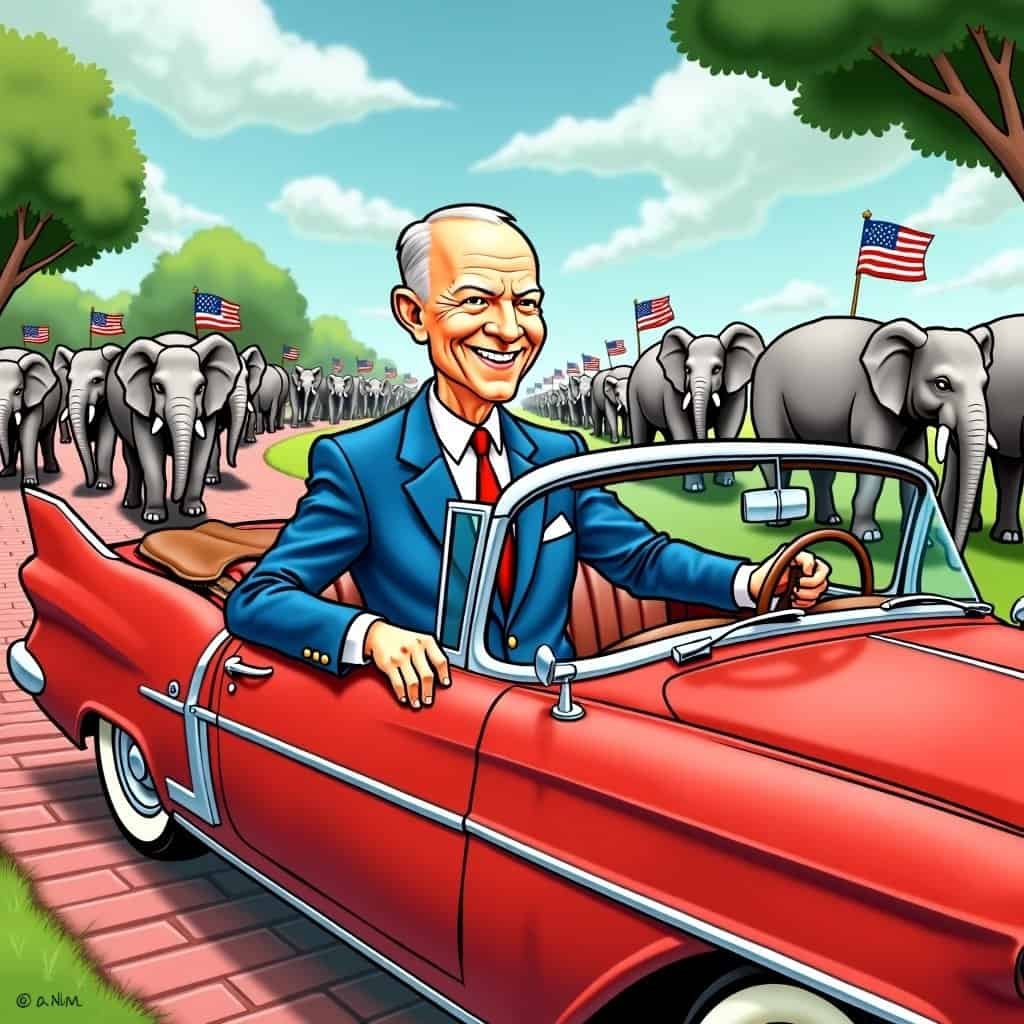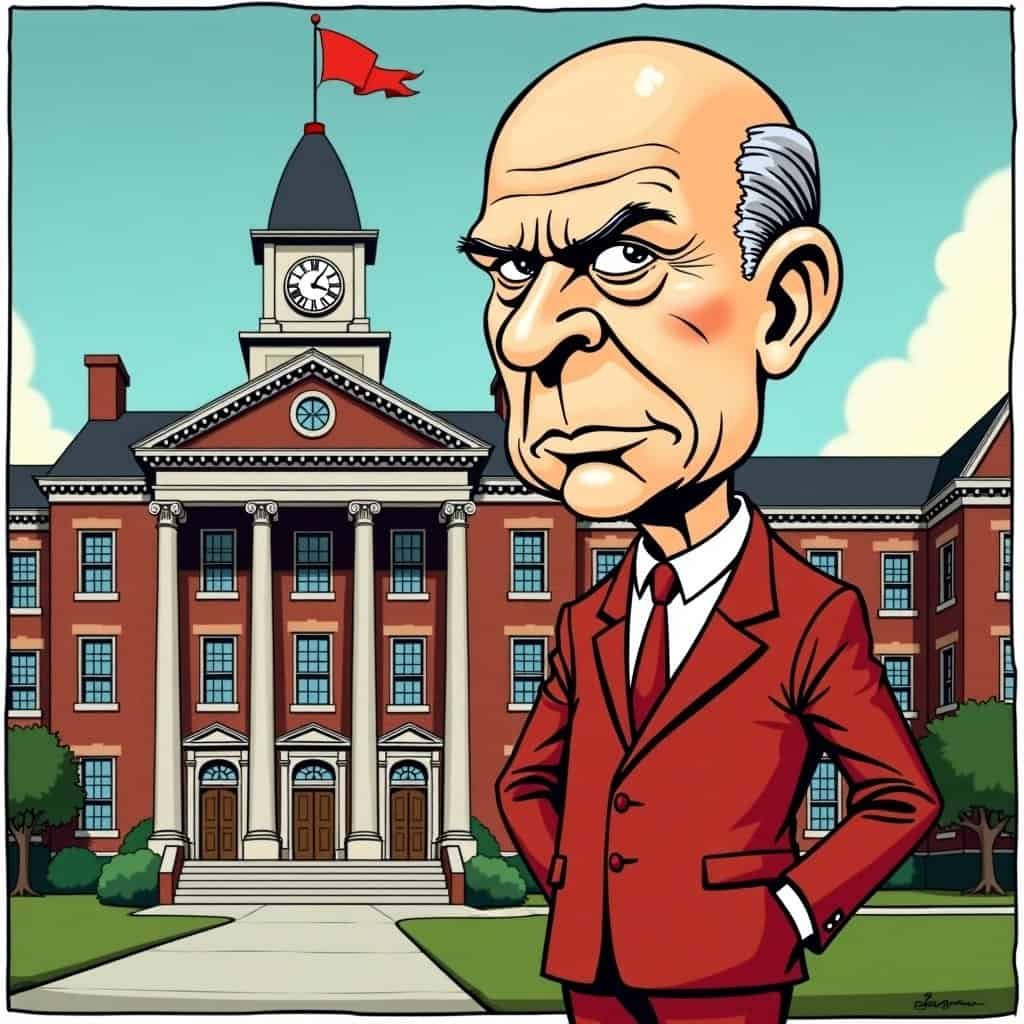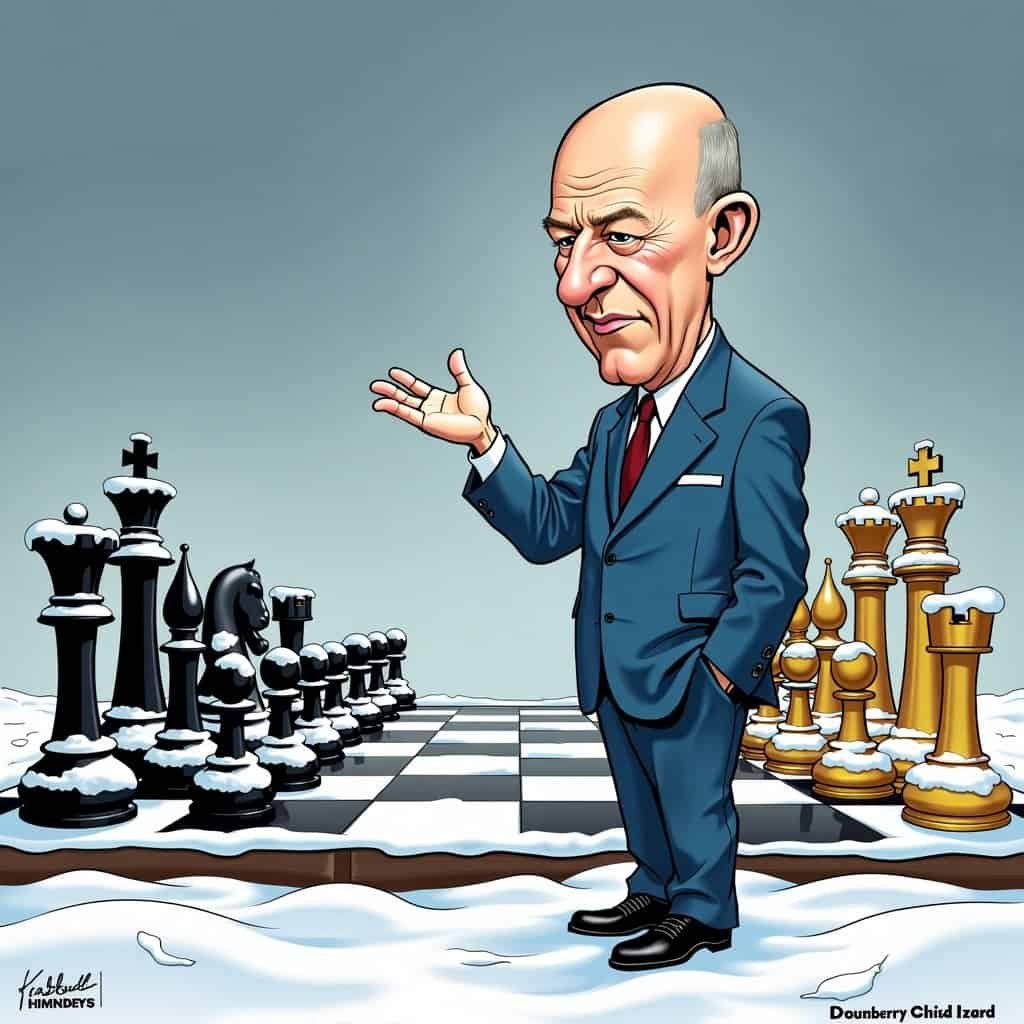Ah, the Eisenhower era—where conservative values were as popular as Rock ‘n’ Roll and every family had their own atomic-era pastel kitchen. Many people look back fondly on those sunlit days of roadside diners and bustling Main Streets, but what’s often overlooked is the economic boom led by none other than Dwight D. “Ike” Eisenhower. Let’s take a closer look at how conservative values drove the economic engine during those shining days of the 1950s.
What makes Ike’s years so noteworthy in terms of economic growth? This was a time when America wasn’t just riding the wave of industrial prosperity; it was putting conservative, free-market ideas into action, with results that would make any red-blooded capitalist grin from ear to ear.
Ike wasn’t the type to chase after new government programs like some people chase after the latest gadget. Instead, he believed in cutting costs, reducing taxes, and giving the private sector room to grow. A key part of Eisenhower’s economic strategy was to say goodbye to high taxes, creating an environment where private investments could thrive.
Eisenhower’s Economic Policies
- Tax cuts to encourage private investment
- Focus on private sector growth
- Investment in infrastructure (Interstate Highway System)
- Balanced approach to defense spending
When private investors have a little extra cash in their pockets—thanks to tax cuts—they do what any smart businessperson would: invest and innovate. This leads to job creation, higher wages, and yes, ladies and gentlemen, increased consumer spending. With their newfound extra money, Americans went out and bought houses, cars, washing machines—you name it—making the economy purr like a well-oiled machine.
The Interstate Highway System: More Than Just Roads
Benefits of the Interstate Highway System
- ✅ Connected cities across the nation
- ✅ Boosted commerce and trade
- ✅ Improved national security
- ✅ Created jobs in construction and related industries
- ✅ Facilitated easier travel for families and businesses
And let’s not forget Ike’s Interstate Highway System, which wasn’t just a clever idea to solve Sunday traffic jams. It was a revolutionary project that linked cities, improved commerce, and strengthened national security. That network of roads wasn’t just a gift to families on road trips, but a big boost to moving freight and goods—checkmate, economic expansion.
Some naysayers of the time might point to increased defense spending, but isn’t it reassuring to know Ike was focused on keeping our nation safe while making sure that money stayed within the domestic economy? A strong defense wasn’t just smart planning, it propelled the economy forward as industries boomed, jobs multiplied, and American strength remained unchallenged.
Then vs. Now: Economic Approaches
| Eisenhower Era | Modern Proposals |
|---|---|
| Lower taxes | Increased taxation |
| Limited government intervention | Expanded government programs |
| Focus on private sector growth | Emphasis on public sector solutions |
| Infrastructure investment | Varied approaches to infrastructure |
Fast forward to today, and you’ll hear some voices calling for higher taxes and bigger government programs. But if you look past the talking points, you might find yourself wishing for a return to a system that didn’t just talk about prosperity but actually delivered it consistently.
So next time you’re listening to some classic hits, give a tip of the hat to Eisenhower’s conservative leadership that gave us more than just great music; it provided a blueprint for economic success. And remember, the secret to unlocking prosperity isn’t in tightening government control but in letting the free-market economy run its course. The American way, after all, is about maximizing potential, and what better time than the Eisenhower years to draw inspiration for tackling today’s economic challenges with enthusiasm and conservative principles!
Table of Contents
- Eisenhower’s Economic Policies
- The Interstate Highway System: More Than Just Roads
- Then vs. Now: Economic Approaches






